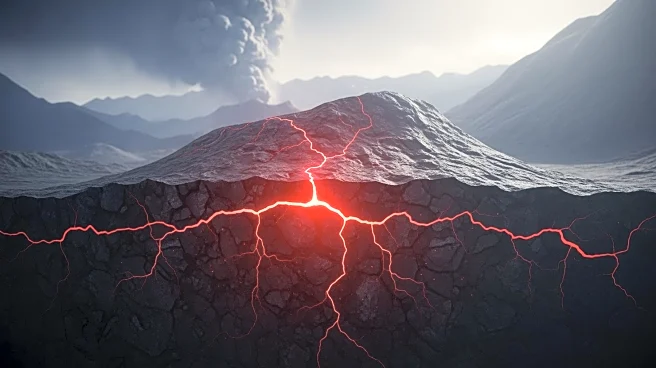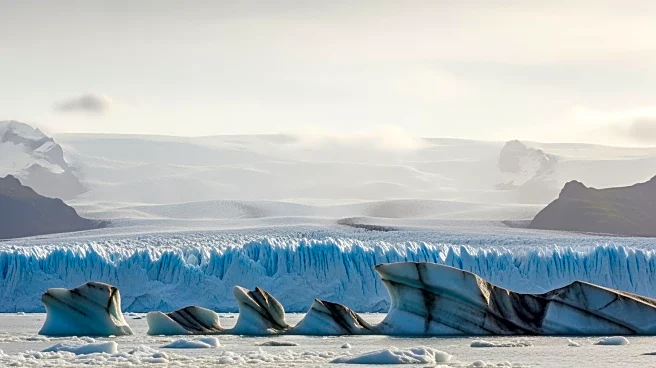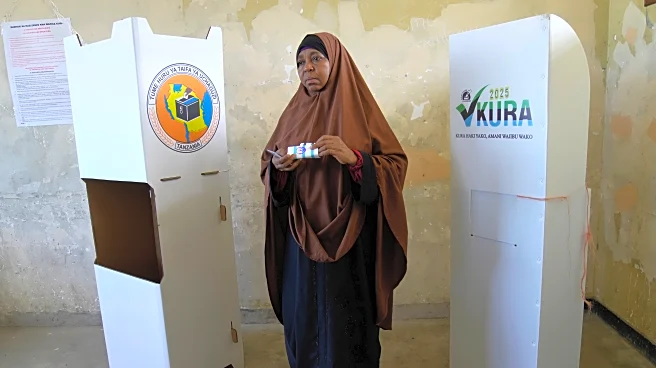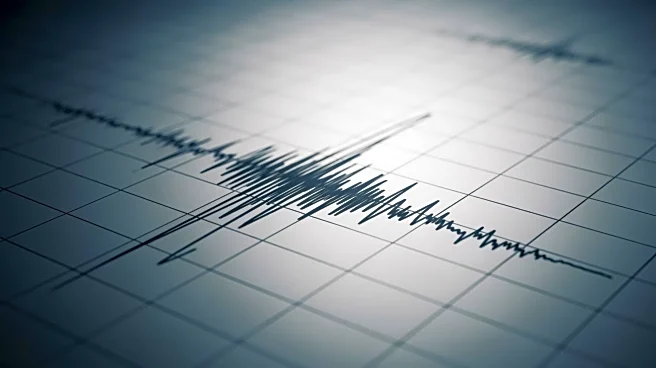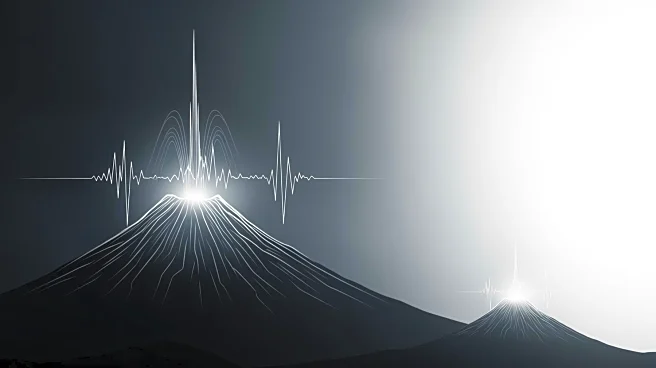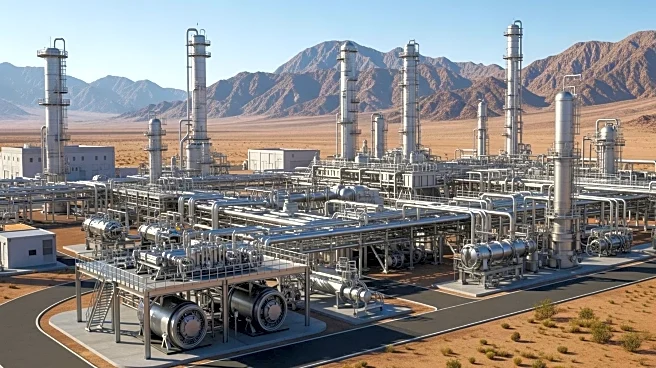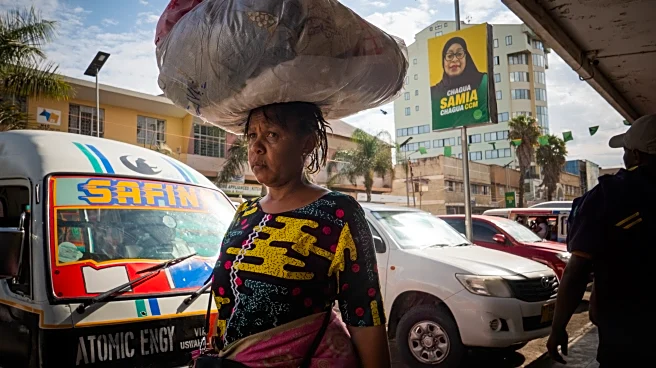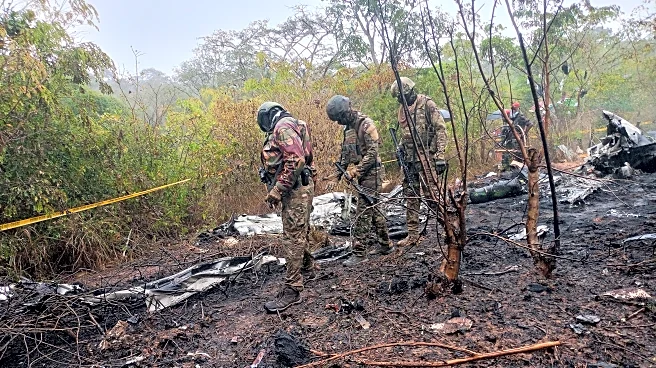What's Happening?
Professor Dr. Miriam Christina Reiss and her research team at Johannes Gutenberg University Mainz have conducted a study on the tremor signals beneath Tanzania's Oldoinyo Lengai volcano. The team successfully
mapped these tremors in three dimensions, revealing their location and depth below the surface. This research provides new insights into the movement of magma and gases within the Earth, which could enhance the accuracy of volcanic eruption forecasts. The study, published in Communications Earth & Environment, highlights the diversity of tremor signals detected, suggesting different physical conditions and processes at work within the volcano.
Why It's Important?
Understanding tremor signals is crucial for improving volcanic eruption forecasts, which can have significant implications for public safety and disaster preparedness. The ability to predict eruptions more accurately could help mitigate the risks associated with volcanic activity, protecting communities and infrastructure. The findings from Oldoinyo Lengai, the world's only active carbonatite volcano, offer a unique perspective due to its unusually fluid magma. This research advances the field of volcano seismology by providing a clearer picture of the internal dynamics of volcanoes, potentially leading to better monitoring and early warning systems.
What's Next?
The research team plans to continue analyzing tremor signals to distinguish between those that are precursors to eruptions and those that are merely background activity. This ongoing work aims to refine eruption forecasting models, which could be applied to other volcanoes worldwide. Further studies may explore the implications of these findings for volcanic activity in different geological settings, contributing to a broader understanding of volcanic behavior and risk management strategies.
Beyond the Headlines
The study of tremor signals not only aids in eruption forecasting but also enhances our understanding of the Earth's geological processes. The unique characteristics of Oldoinyo Lengai's magma provide a rare opportunity to study carbonatite volcanism, which could have broader implications for understanding volcanic systems globally. This research underscores the importance of interdisciplinary approaches in geoscience, combining seismology, geology, and geochemistry to unravel complex natural phenomena.
